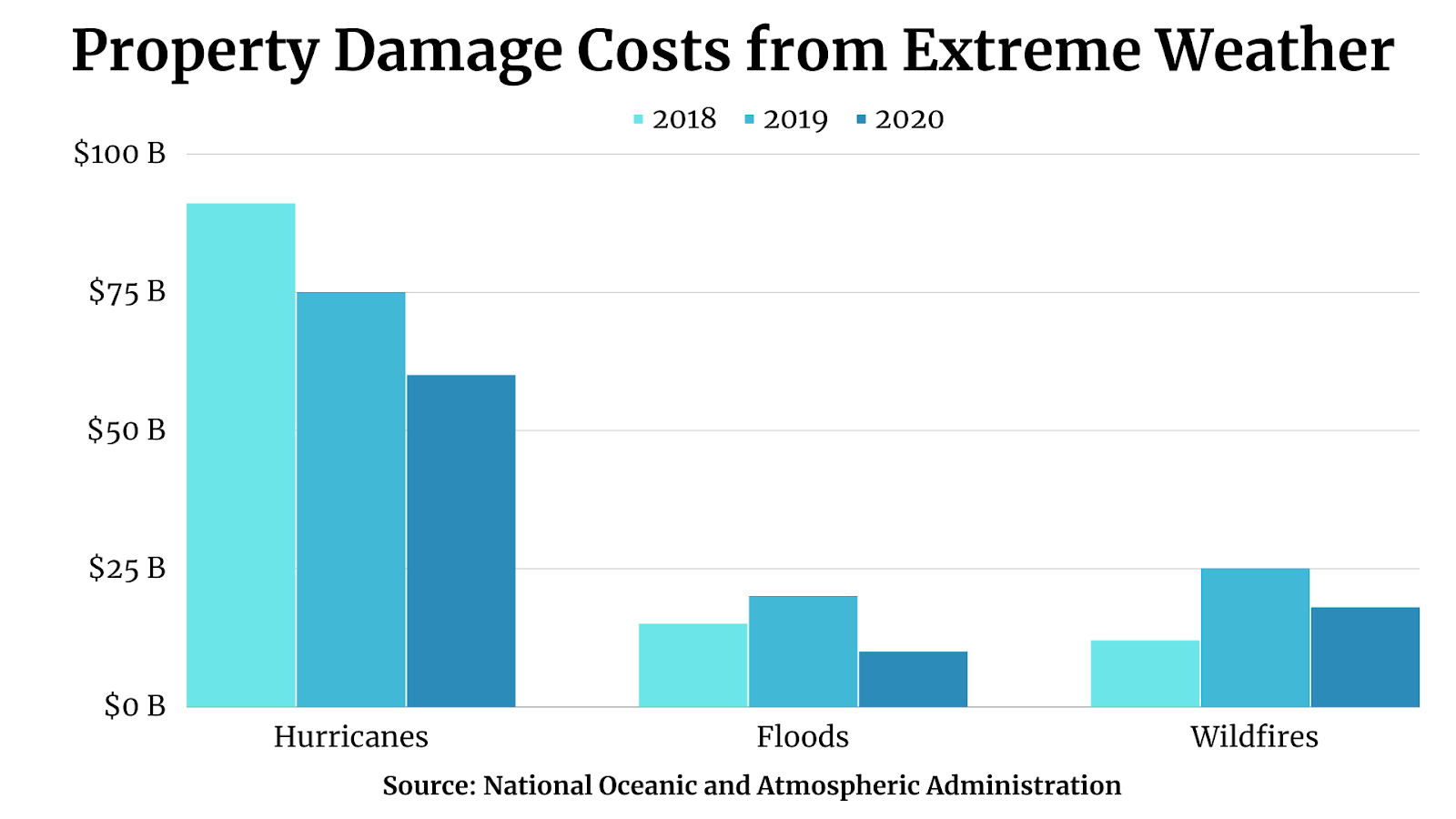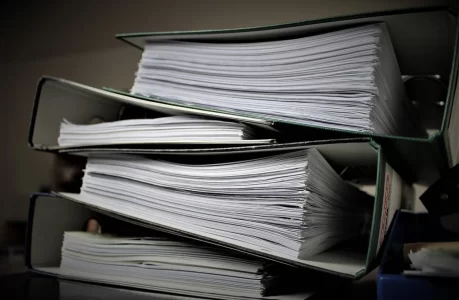The Impact Of Climate Change On Property Maintenance And Efficiency

Our climate is changing fast. Big storms, bad fires, and floods can hurt homes and buildings now. So building owners have a problem. How can they keep their properties safe and working right? Utility bills cost more money too as the weather gets extreme.
But don’t worry! There are good ways to handle these problems. Owners can make their buildings stronger. And make them use less power too. This article shares easy tips to protect buildings.
Learn how to make your property ready for wild weather. And use less energy in a changing climate. Keep reading to get smart ideas that work!
More Frequent And Extreme Weather Damages Property
Extreme storms, flooding, wildfires, and heat waves strain buildings. These climate change-fueled events cause physical damage and drive up energy consumption.
- Hurricanes and typhoons have increased by over 40% in the last four decades. Their high winds and flooding destroy roofs, walls, and foundations.
- U.S. floods cost an average of $8.2 billion yearly in repairs. Water damage from floods promotes mold growth.
- Wildfires are burning more acres annually—smoke and fire damage building exteriors and interiors.
The financial toll of these climate change-influenced weather events on properties is rising sharply as shown in the chart below. The increasing frequency of billion-dollar disasters strains homeowners and insurers.
Rising temperatures also take a continual toll on properties. Higher heat leads to roof degradation, stresses HVAC systems and substantially increases cooling costs. As climate hazards accelerate in severity and frequency, so does the need for more resilient building design and materials.
Maintaining Energy Efficiency Becomes Harder
Maintaining comfortable indoor temperatures is challenging as outside conditions become more extreme. Buildings account for 39% of global energy-related emissions. In the U.S., heating and cooling can be up to 50% of a home’s energy use. As the climate warms, cooling costs rise significantly.
Summers are getting hotter. Buildings require more air conditioning to remain habitable. This strains energy grids and hikes utility bills. Winters are also becoming more unpredictable. Cold snaps continue to need heating systems to work hard.
Operating costs and emissions will keep increasing without energy efficiency improvements. Property management in Los Angeles is already dealing with rising costs to keep tenants comfortable as temperatures climb. Upgrading old properties and constructing new climate-adapted buildings are essential across regions facing hotter summers and unpredictable winters.
Green Solutions Enhance Property Resilience
Going green can transform your property to be eco-friendly and energy-efficient. Many smart upgrades are available to reduce environmental impact and improve resilience. Consider options like:
- Earning LEED certification for meeting sustainability standards. LEED buildings impress tenants with resource savings like 25% less energy and 11% less water.
- Installing sleek solar panels to harness the sun’s power and shrink utility bills. Solar and geothermal systems let you tap into nature.
- Using programmable and smart thermostats to easily regulate temperatures and save energy. They can learn your schedule and adapt.
- Switching to advanced appliances like ENERGY STAR refrigerators and washing machines that consume less electricity. Saving energy saves you money.
- Sealing drafty spots and adding insulation to prevent AC and heating from leaking out. A snug building stays cooler in summer and warmer in winter.
- Implementing water-wise native landscaping that needs less maintenance and irrigation. It can handle changing weather while looking natural.
Green upgrades not only help the planet but make properties more attractive to eco-conscious buyers and tenants. And you get to enjoy lower bills and increased comfort. By going green, you show you value both sustainability and practicality.
Insulation Regulates Temperatures
Adding insulation improves a building’s thermal envelope. This regulates indoor temperatures for greater comfort while lowering energy costs. Recommendations include:
- Increasing attic insulation to R-49 value saves up to 20% on heating and cooling. The Department of Energy (DOE) suggests attics have at least R-30 insulation.
- Upgrading wall insulation to R-23 value provides significant efficiency gains. The DOE recommends at least R-13 insulation in walls.
- Installing high-performance insulation like spray foam which has an R-value of 6 per inch. It insulates effectively while sealing air leaks. Spray foam lasts for over 50 years.
- Using blown-in cellulose or fiberglass as affordable and eco-friendly insulation options. Cellulose is made from recycled paper products.
- Prioritizing insulating exposed floors above garages, crawlspaces, and basements helps retain heat.
- Carefully insulating around pipes, ducts, and wiring maintains efficiency.
Insulation works year-round to keep homes warmer in winter and cooler in summer. Investing in proper insulation provides excellent payoff through enhanced comfort and 10-50% lower energy bills.
Sustainable Landscaping Protects Properties
Along with insulation, purposeful landscaping also impacts a building’s energy efficiency. Smart landscape design includes:
- Planting deciduous trees that shed leaves in winter to the south and west sides provides cooling shade from the summer sun and allows winter warmth.
- Evergreen windbreak trees and shrubs block cold winds and reduce winter heat loss. Trees lower energy bills by up to 25%.
- Selecting hardy native plants with low water needs reduces irrigation demand. Drip irrigation delivers water to roots efficiently.
- Applying 4-6 inches of organic mulch around plants retains moisture and prevents weeds. Grasscycling by leaving clippings on lawns adds nutrients.
- Grouping plants by water needs to avoid overwatering. Xeriscaping techniques like using mulch, gravel, and drought-tolerant plants decrease outdoor water usage by 50-75%.
- Maintaining landscapes enhances the resilience and longevity of plantings. Pruning trees helps withstand high winds. Removing dead material reduces fire risk.
Taking advantage of natural ecosystem services like shading and windbreaks optimizes sustainability. A well-designed landscape reduces maintenance while improving property protection.
Cost Comparisons Of Property Protection Measures
| Measure | Average Cost Range | Benefits |
| Hurricane shutters | $10-$25 per sq. ft. installed | Protect windows from wind damage |
| Reinforced roof | $6-$10 per sq. ft. | Resist high winds and hail |
| Flood vents | $1,500-$2,500 installed | Allow floodwaters to enter and exit |
| Backup generator | $3,000-$7,500 installed | Maintain power during outages |
| Spray foam insulation | $1-$6 per sq. ft. installed | Air seal and insulate efficiently |
| ENERGY STAR air conditioner | $3,000-$7,000 installed | Use 15% less energy than standard models |
| Solar panels | $11,000-$15,000 installed | Generate clean electricity |
There are many options for fortifying buildings against climate impacts based on budgets and needs. Combining physical resilient measures with energy efficiency upgrades is recommended.
Conclusion
Climate change multiplies threats to real estate investments through harsher weather and rising energy expenses. However, technologies exist to adapt buildings by making them greener and more resilient. Protecting properties now saves costs and headaches down the road. As climate impacts accelerate, focusing on energy-efficient and disaster-resistant housing is critical.
Evaluate your property’s vulnerabilities to climate hazards. Invest in upgrades like insulation, weatherization, landscaping, storm panels, and backup power to minimize risks.
A little preparation goes a long way in reducing climate change’s costly toll. Act now to protect your most valuable investment against extreme weather.
Frequently Asked Questions
- What regions are most vulnerable to climate change property damage?
Coastal areas prone to sea level rise, hurricanes, and flooding face high risks. Inland places near forests susceptible to wildfires or rivers likely to flood are also vulnerable.
- How can property owners prepare for extreme weather?
Strengthening roofs, windows, doors, and foundations enhances structural resilience. Having an emergency plan and insurance helps recovery after disasters.
- Do energy efficiency upgrades save money?
Yes, improving insulation, buying ENERGY STAR appliances, and installing solar panels lower utility bills over time and pay for themselves.
Read Also:


























Leave A Reply